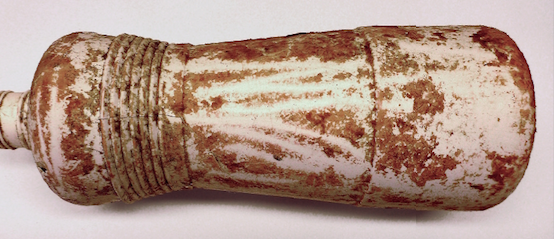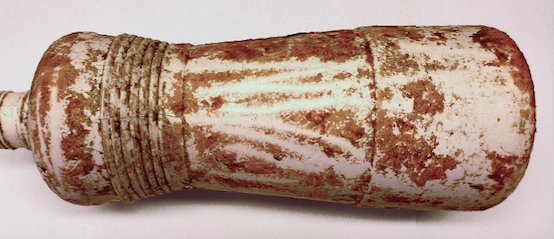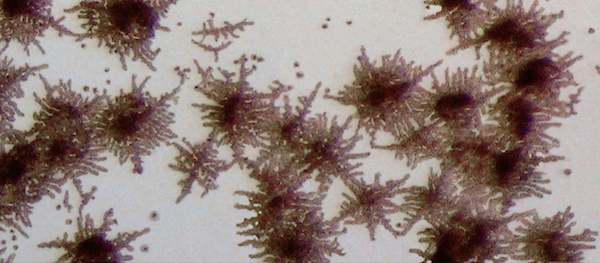
We've all heard that the ocean has a lot left to be discovered. While some scientists travel to the distant ends and depths of our oceans to reach new discoveries, some, like Gayle Hansen of Oregon State University, wait for the discoveries to come to them. Dr. Hansen noticed something strange and unfamiliar amongst the marine debris volunteers from Surfrider chapters in Newport and Florence were bringing to her lab to inspect for unusual species - a pink encrusting algae that once fully inspected revealed itself as a never-before described species. The new species, aptly named Tsunamia transpacifica, was published here in the peer-reviewed journal Algae in mid-December.

As our Surfrider beach cleanup volunteers well know, the tsunami of 2011 in Japan not only dispersed a fair amount of marine debris into our ocean, but it also unleashed a great scientific experiment in how marine species use debris for survival and dispersal. Floating debris provides substrates for dispersal of organisms by ocean currents - from barnacles to sea anemones to algae, many of these critters thrive quite well on plastic debris adrift in our ocean. When Dr. Hansen contacted us mid last year about the unusual pink crust, we put the call out to our volunteers to collect samples at their cleanups that matched her "pink crust" description.

Dr. Hansen went to work on the samples with her team, inspecting them under a microscope and sequencing genetic material to compare the species with other, more familiar algae. Astonished, Hansen and her team found that the species they were looking was not only a previously undescribed species of the red algal class Stylonematophyceae, but it was joined by another un-described species in this class, suggesting that these and other un-described algae may be frequent on drifting ocean plastics and debris.
For Surfrider, we're ecstatic to learn new things about our ocean, especially through stewardship work like beach cleanups. While we've always felt that our cleanups have a big impact on our beach and ocean environment, we are now learning there's ocean discoveries and science abound within these efforts. A big shout out to Dr. Gayle Hansen and publication her team (John West, Takeaki Hanyuda, Giuseppe C. Zuccarello) for helping us link our stewardship activities with solid science and discovery!
Photos appearing in this blog post originally appeared in the article “Flora of drift plastics: a new red algal genus, Tsunamia transpacifica (Stylonematophyceae) from Japanese tsunami debris in the northeast Pacific Ocean,” discussed and linked in this blog post. Creative Commons copyright information is embedded within each image description and title attribution.
